What’s ‘Agile’ all about?
In the business world the term ‘agile’ is heavily used and banded around quite a lot like everyone knows all about it and understands it in the same way. But what does it truly mean and how can you use agile practices to enhance your business? As dedicated practitioners of agile processes in the tech world and having thought long and hard about how companies operate effectively as part of previous roles we’ve had we wanted to share some of our thoughts and ideas to see if they can help your business.
What is it?
At it’s heart, agility is simply an iterative approach to delivering something in small increments. It allows a project to easily pivot to changing needs and, when done right, increases efficiency significantly and reduces the cost of developing a product.
What agile isn’t is a set of rules you can just pop into your business processes and expect to work, it’s a mindset centred around the values of the agile manifesto:
People over process
Working software over documentation
Customer collaboration over contract negotiation
Responding to changing circumstances over following a plan
So, what’s Scrum?
Scrum is one of the many agile frameworks for delivering projects or products. The perfect time to use Scrum is when a cross functional team is collaborating to deliver a product. Scrum allows your team to come up with a hypothesis and test it, by delivering small bite size increments, testing them and then responding to change. There are a number of ceremonies involved in the Scrum process, which happen at various points in a sprint (a fixed period of time to deliver something specific and hopefully releasable!):
Sprint planning - a ceremony held at the start of a sprint to review the backlog and agree the goals for the next sprint
Daily stand up - a short (hence the name stand up as you’d typically stand up during this ceremony) session with the whole team to review progress, identify blockers preventing progress and allow the team to coordinate
Sprint retrospective - the closing ceremony for the sprint, the team will typically provide a demo, look at successes, areas of improvement and agree any adjustments to the backlog or processes to move forward
These ceremonies provide a framework for a flexible, continuous cycle designed to maximise team communication. It isn’t however the only option when it comes to frameworks for agility, other well known options are Kanban or Extreme Programming. We plan to talk about all of these in more detail in future blog posts so watch this space!
We’d also always recommend that any of these frameworks are just there as guidance, you should adopt the practices to the needs of your business. The most successful implementations of Scrum we’ve seen is where these are combined (Scrumban is fairly common) or just where minor changes are made because they suit the team better.
Does it only work for software?
Agile is most commonly used in software development, however, there is absolutely no reason why the practices and principles couldn’t be used in any other industry or setting. You don’t have to be a practitioner to use a framework, Scrum for example in it’s simplest form just means:
Deciding what you want to achieve
Creating a list (backlog) detailing the steps you think you need to follow to achieve it
Putting that list in order
Deciding timeboxes (sprints) which are long enough to allow you to achieve something (2 weeks is a good starting point)
Creating a sub list to commit to for your first sprint (sprint planning)
Working through that list and checking in each day to review progress and issues
Reviewing what you’ve achieved at the end of your sprint and adjusting your to do list
And then start all over again!
Whether you’re doing a renovation project, building a website or starting a whole new business - there’s no reason you can’t follow these steps for success!
Where can it go wrong?
Often, businesses call themselves agile when actually without the proper team roles and practices in place - they’re just chaotic. Agility is a mindset change for a team and when implemented badly, agile gets a bad name. It’s important to embed the right people into the team, you need a Scrum Master to support the team in the process of transitioning to agile, unblock issues during sprints and work with the team to ensure success. You also need a Product owner to own the overall vision, nurture the backlog and communicate with stakeholders. Although it’s beneficial, these roles don’t have to be filled by experienced practitioners - we would suggest though that you get a bit of a kick start from someone with a little experience.
With years of experience in embedding agility into tech businesses, we’re here to help you! Juniper offers consultancy in the form of a certified Scrum Master to come and work in your business for however long you need to get you off the ground. We offer 1:1 or team training and we’ll embed ourselves into your team for as many sprints as you need us to feel confident. If you think we can help you to start your journey to efficient agility please do get in touch.
